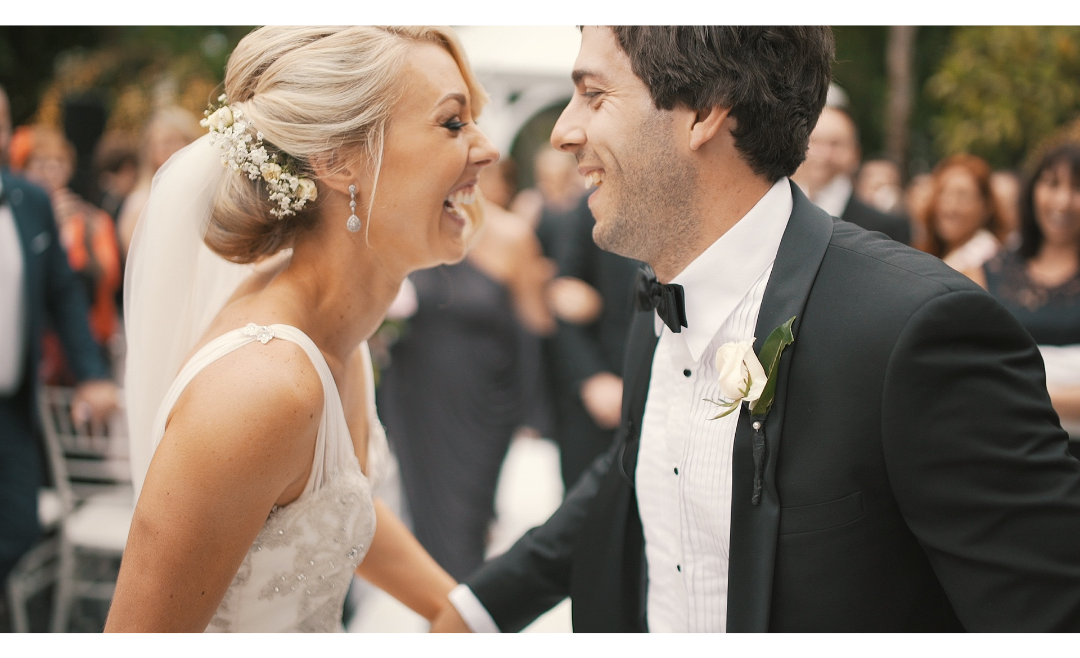Nowadays there is so much competition to get in our checkbooks every single month. Between subscriptions, utilities, credit card bills, student loans, rent or a mortgage the competition is fierce. Not to mention the increasing rate of inflation that could be detrimental to our cash flow each and every single month.
Today, let’s look at why it’s more important than ever to pay yourself first.
The Golden Rule in personal finance is to pay yourself first, but the question becomes, how do you do that? There’s never been more competition. It’s never been easier to give away control of your cash flow.
With as many subscription options as we have today, whether it’s a large corporation, a small company, a financial institution like an investment firm, a bank or an insurance company, or the government, they all are experts at getting into our checking account and getting into making sure that we’re paying them first rather than paying ourselves first.
So the question remains, how do we pay ourself first? The answer is simple. It’s to get $1 to do multiple jobs. If you were able to get $1 that you were using to repay a credit card with, to do multiple duties so that it’s also able to continuously compound interest and be working for you at the same exact time, that’s the secret.
Think of this question. What’s the rate of return? I’m getting $1 to do several jobs. The answer is that it’s almost infinite, and that’s the key. Making sure your money is much more efficient than just doing one job. That takes us back to the original question.
How do you pay yourself first? Well, first and foremost, you have to prioritize savings. And it’s really simple, but it’s also very hard. So think of this. I’ll never forget when my son got his first real job after college and after he got his paycheck. He was figuring he was going to make about $2,000. When he got his first check, it was closer to $1100. I’ll never forget what he said to me. He said, “Dad, who in the world is FICA?” And I said to him, “Welcome to the real world, son.”
So again, how do we pay ourselves first when we’re only going to end up with 50 or 55% of what we think we’re going to get in the first place? Well, it’s real simple. You’ve got to make sure that you’re understanding how much you get and also prioritize, and say, “Okay, whatever I get, 10% is going into my savings, could be 5%, could be 3%”, whatever you choose. You just need to start somewhere.
So when it comes to compounding interest, there are two factors and only two. Time and money. We can never get the time we lose back. So it’s important to start saving now, and make a habit out of saving. Save month after month, week after week, and never drain that tank so that you can experience the eighth wonder of the world: compound interest.
When we talk about not draining down the tank, what does that mean? Well, typically what happens is people save with great intentions, and then all of a sudden a disaster hits them. They have a financial or a medical emergency, so they wipe out their savings. Another example is that they’re saving money, and they need a down payment to buy a house. So what do they do? They drain down their savings and use it to pay for that emergency or they use it for that down payment on the house. Well, what happened is you drained down the tank and you stopped compounding interest on that money.
So again, the key is getting $1 to do two things. Have it in a place where you can utilize it to do whatever you need, whether it’s a financial or a medical emergency, a down payment on a house, paying cash for a car, things like that. But also, still make that money continue to grow and earn uninterrupted compounding of interest. Because if you drain that tank and deplete all of your savings, you lose all the opportunity that that money could have earned you. You’ll never see the interest that you don’t earn on that savings. But more importantly than the opportunity, you just lost all the time it took you to build that money up. Now you’ll never get that time back either.
So when you look at a compound interest curve, and in the beginning years you don’t see much growth, keep this in mind. Compound interest is when you are earning interest on the interest. That interest continues to compound and grow every single year. If you continually drain down that tank, knock yourself back down to zero, and start all over again, you’ll never experience the real growth on your money, which takes place in the later years.
It’s so important to never get off that compound interest curve, because by the time you realize the detrimental effects this is going to have on your finances and your ability to achieve your financial goals, it’s going to be too late.
This is where we always say the future you needs to have a sit down discussion with the present you about how you’re using your money, because the present you could really be shortchanging the future you out of a comfortable retirement.
So here’s the key. Pay yourself first and never stop. Pay yourself as a matter of course and never drain that tank. One of the ways we help our clients achieve this goal of paying themselves first is with a specially designed whole life insurance policy designed for cash accumulation. So, they’re able to meet their short term goals of paying off their credit card debt or paying off their student loans, as well as their long term goals, such as paying for a wedding, sending their kids to college, or saving for their retirement.
If you’d like to get started with this specially designed whole life insurance policy for cash accumulation, to help meet your short term and long term financial goals, so that you can save and pay yourself first and never drain that tank. Be sure to visit our website at Tier1Capital.com.
Feel free to schedule your free strategy session today or check out exactly how we put this process to work for our clients in our free webinar. The Four Steps to Financial Freedom.
And remember, it’s not how much money you make, it’s how much money you keep that really matters.



